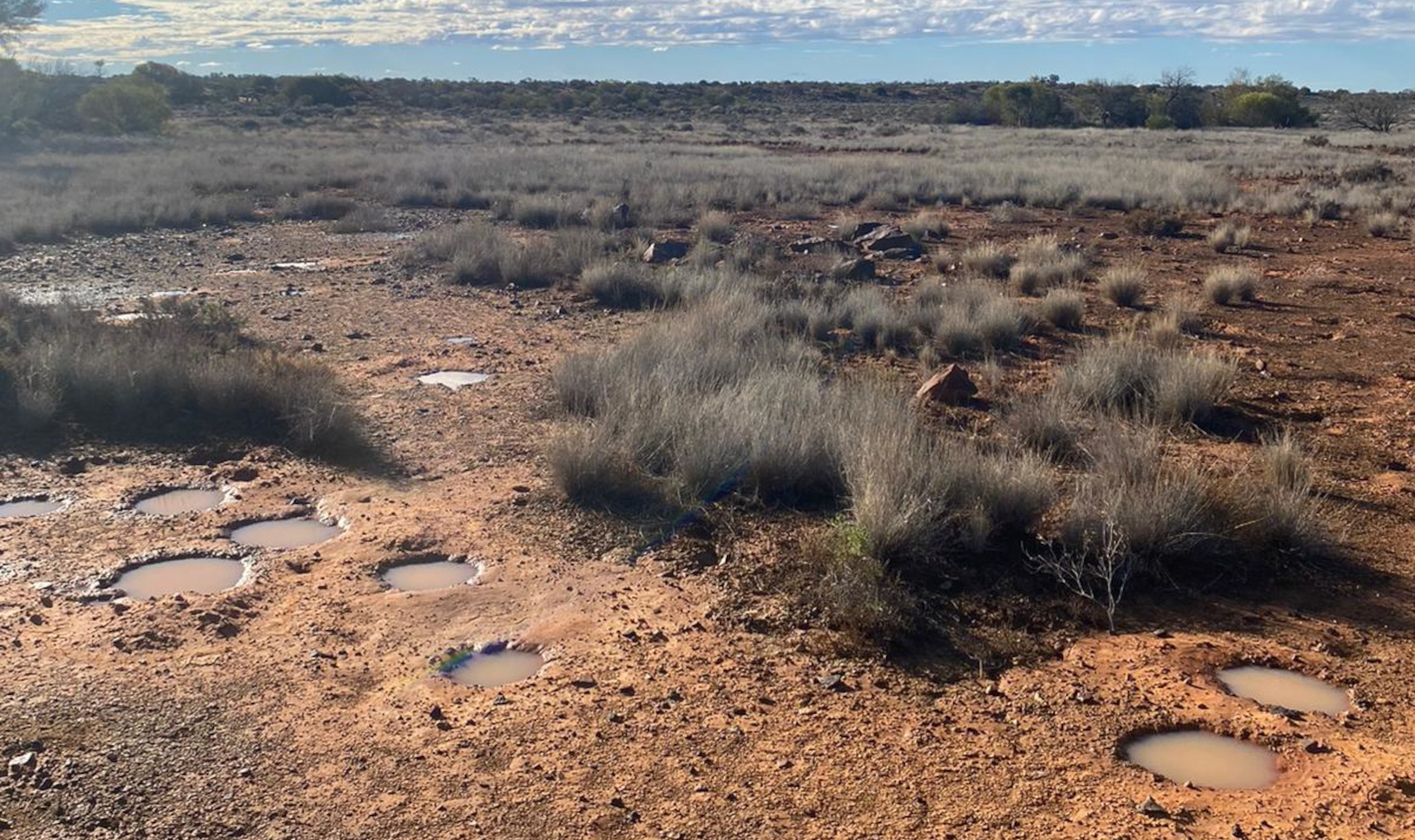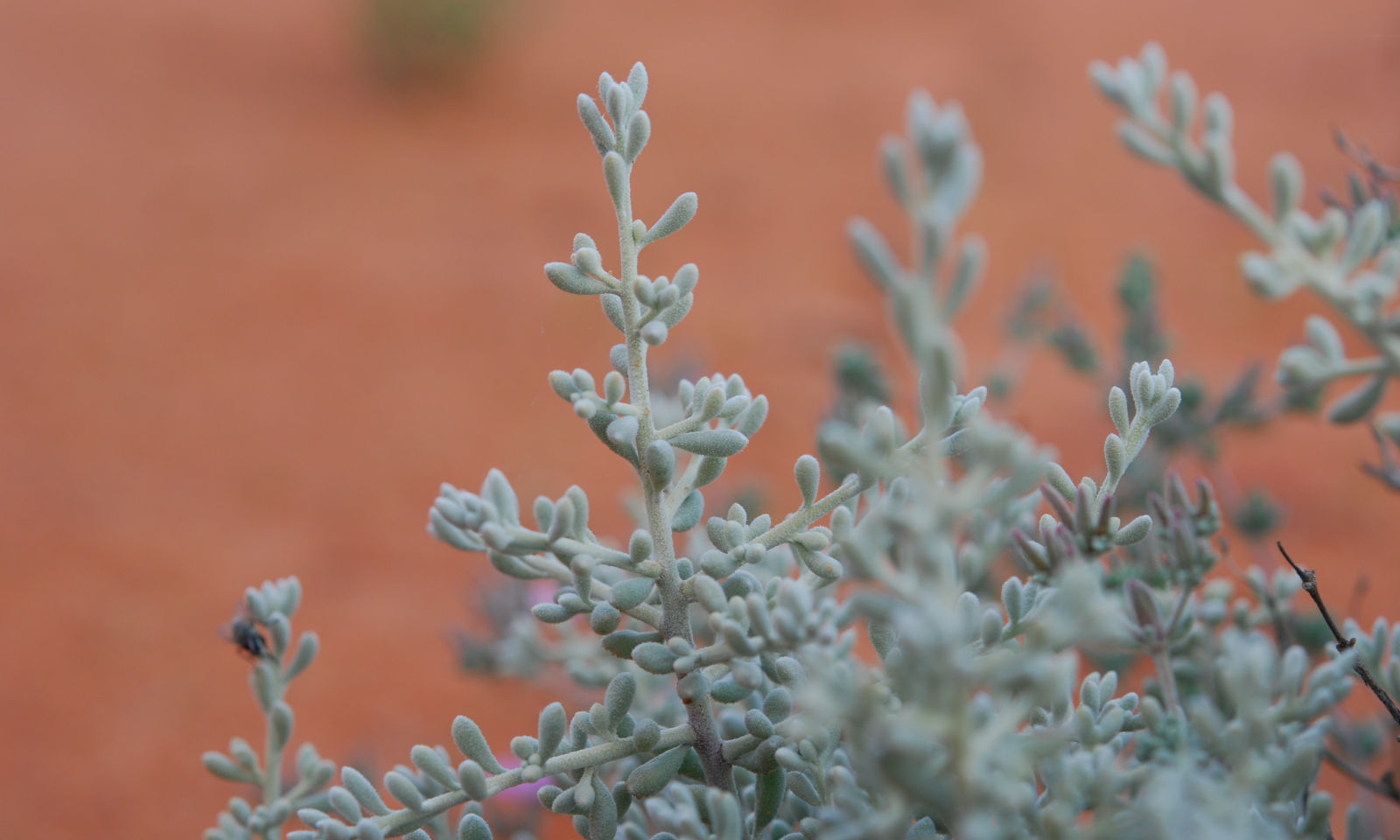Home /
News /
2024 /
Welcome dump of rain this month breaks the drying trend
Welcome dump of rain this month breaks the drying trend
Arid Recovery
22 July 2024

Arid Recovery Reserve has experienced a very-weclomed July rainfall, transforming the arid lands into a wet and muddy landscape. This wet spell gives wildlife a much-needed reprieve from the dry conditions that have defined the region for the past five months
This July, we were lucky to receive a higher than average rainfall at the reserve, with the 6th and 7th alone producing almost 20 mm of rain. While this might not sound like a lot, it is a significant increase from the July monthly average of just 5.6 mm. This much-needed downpour is especially remarkable given that the reserve received only about 20 mm of rain in total over the previous five months combined.
 The burrowing frogs (Neobatrachus sudellae) come out for a feed after the rain (Photo: K. McQualter)
The burrowing frogs (Neobatrachus sudellae) come out for a feed after the rain (Photo: K. McQualter)
The downpour did not come without its challenges. The road to the reserve was closed for a week, and several events had to be canceled. However, the benefits far outweigh the temporary disruptions. The rainfall has triggered a beautiful transformation of the landscape. The hundreds of bilby and bettong diggings that litter the landscape filled with water. Instead of rain running across the soil, water infiltrates their diggings, trapping nutrients and organic matter. These saturated diggings make the perfect holes for seeds to germinate and grow into plants.
 Throughout the reserve, bilby diggings have filled with rain (Photo: A. Srinivasgowda)
Throughout the reserve, bilby diggings have filled with rain (Photo: A. Srinivasgowda)
The rain provides the animals much-needed respite from the previous dry months. The leaves of chenopod have swollen and will provide the animals with water long after the free-standing water has dried up at the reserve. We have noticed seedlings have begun to sprout, and there are early signs that we will have a stunning wild-flower season.
 Parakeelyas (Calandrinia polyandra) seedlings were found sprouting after the rain (left); a parakeeyla flower (right) (Photos: K. Tuft; R. Shephard)
Parakeelyas (Calandrinia polyandra) seedlings were found sprouting after the rain (left); a parakeeyla flower (right) (Photos: K. Tuft; R. Shephard) A succulent pearl blue bush (Maireana sedifolia) (Photo: K. Tuft)
A succulent pearl blue bush (Maireana sedifolia) (Photo: K. Tuft)